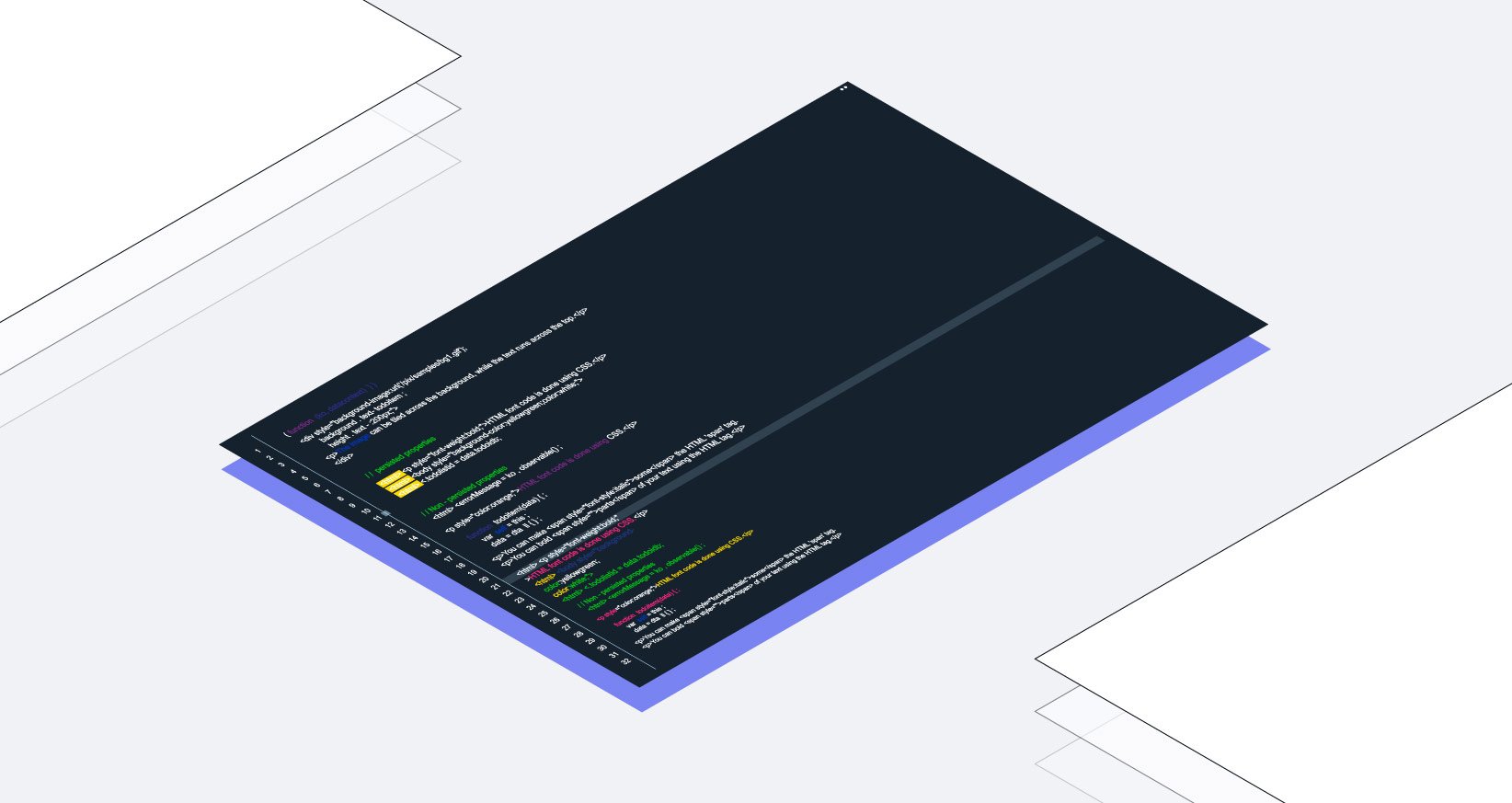Let’s say you’re a scrappy young startup. You’ve got an innovative product and a dedicated team. While you’re certainly not working out of your friend’s garage anymore, you’re still in a pretty small, bare-bones office space without too many frills—which is just as well, because there aren’t too many people around to appreciate those frills. This is all well and good for now, but you know that it’s not going to be this way forever. Heck, maybe it’s not even going to be this way by the end of the year. If your business is really firing on all cylinders, there’s a good chance that in the near future you’ll need more people, more space, more resources: in a word, growth.
This is a good problem to have—it means that you’re doing something right. But even for companies that are already dozens, or even hundreds, of people strong, growing your team sustainably and effectively can be a real challenge. There’s a reason they say that most difficult hurdles for a business are hiring your tenth employee and your ten-thousandth. No matter what stage you’re at, you need a strong talent pipeline flush with qualified applicants. How do you make that happen? One option is recruitment marketing.
Spreading Your Employer Brand
Okay, so what, exactly, is recruitment marketing? Essentially, recruitment marketing encompasses all of the activities that define traditional marketing, but with a focus on recruitment-centric messaging, i.e. ads, social media posts, articles, etc. that work to define your company’s image specifically as a place of employment. This is known as an employer brand, and it can and should be spread the same way that a traditional brand is: you determine who your audience is (in this case your ideal job candidates), you craft messaging that would appeal to the audience you’ve chosen, and you disseminate that message using whatever channels seem most likely to help you reach that audience.
If you’re noticing that this doesn’t sound all that similar to “traditional” hiring approaches, like posting on job boards or partnering with recruitment agencies, you’re right. For better or worse, traditional methods like these will only ever get your brand in front of active job seekers, a group that makes up about 20% of the market at any given time. Of the other 80%, most would be willing to change jobs if the right position came along. This is where recruitment marketing activities like posting paid Facebook ads and Instagram posts come in. Passive job candidates who would never have encountered your business on Craigslist will slowly gain familiarity with your employer brand, come to think of your company as a potential employment destination, and eventually submit an application and go through your hiring process.
Growing Pains
Now, the trick with recruitment marketing is that it’s not a one-time activity. It’s a continuous process in just the same that traditional marketing is. Think about it: you wouldn’t halt all of your marketing activities every time you made a sale, only to start them back up the next time you hoped to sell something, would you? Of course not! Because you understand that a growing business depends on your continuing to reach more and more customers over time. Unfortunately, many businesses don't think in these same terms when it comes to hiring. As your business grows, you’ll need more and more people helping you to achieve your business goals, but too many companies still take a start-and-stop approach to hiring. As a result, when you land a new client, for instance, or your monthly product demand ticks up, you have no one on hand to handle the added work. Thus, everything grinds to a halt because you can’t meet these new demands being made of your business until go out and find candidates—candidates who then have to go all the way through the interview process, take the job, and get onboarded before they can start making a meaningful contribution.
The alternative is to treat hiring more like marketing. To create a talent pipeline full of potential applicants who have varying levels of familiarity with your employer brand. When a position comes available and needs to be filled in order to support your continued growth, the candidates at the bottom of the funnel will already be primed to submit an application and work through the interview process. By the time the next position needs to be filled, some of the applicants in the middle of the funnel will have sifted towards the bottom, meaning that a whole new crop of applicants will be ready to take you up on your job offer.
The Discreet Charms of the Talent Pipeline
As you might have guessed, the trick to developing the kind of talent pipeline that we outlined above is to commit to ongoing recruitment marketing efforts. As you spread your employer brand through traditional marketing channels, you’ll develop exactly the kind of ongoing interest-generation that strong pipelines depend on. On a rolling basis, potential applicants might encounter your employer brand as a generalized ad, eventually build up enough familiarity with your company to follow a social media account or sign up for a newsletter, and then be moved to apply by a well-timed, job-specific ad to actually apply for a position. Thus, with a constant flow of targeted brand messaging, you prime your business for sustainable growth.
Now, instead of falling behind every time you win a new deal or make a slew of new sales, you can match the growth of your team to the growth of your sales pipeline. You essentially create a reserve army of skilled, qualified applicants who are excited about your business and eager to apply when the time is right. Keep this up, and you can position yourself not just as a leader in your field, but as an employer of choice. It’s just a matter of treating your hiring process a little less like traditional recruitment and a little more like smart, modern marketing.








